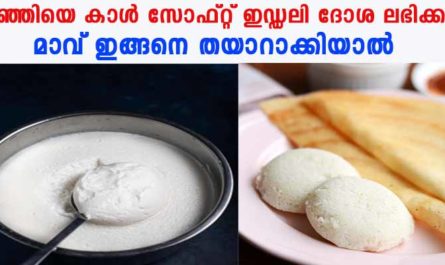INTRODUCTION
One of the primary reasons for insufficient fuel during journeys is encountering a severely deteriorated route. Roads or pathways that are in poor condition can significantly increase fuel consumption due to the need for constant acceleration, deceleration, and manoeuvring around obstacles. Potholes, uneven surfaces, and unpaved roads can cause vehicles to consume more fuel than usual, ultimately leading to fuel Efficiency during the journey. Here is a feature for Fuel Efficient mode.
NEW TIP FROM GOOGLE MAP
The Fuel Efficient Mode feature on Google Maps allows users to optimize their routes for fuel efficiency. By selecting this mode, the app will provide directions that prioritize routes with lower fuel consumption. This can be particularly useful for long journeys or when trying to minimize the environmental impact of your travel. With Fuel Efficient Mode, users can make more informed decisions about their routes and contribute to reducing their carbon footprint.
HOW TO TURN ON FUEL-EFFICIENT MODE
- Update your Google Maps application.
- Open the Google Maps app on your device.
- Click on your profile located at the top of the screen.
- Open Settings
- Click on the Navigation Settings
- Enable the Prefer Fuel Efficient route
- Tap the engine type and select it
CONCLUSION
Google Maps now provides fuel-efficient routes no matter where you are travelling, making it easier to plan a cost-effective and profitable trip. By utilizing this feature, users can save money on gas and reduce their carbon footprint while reaching their destination promptly. This innovative technology not only benefits individuals but also contributes to a more sustainable and environmentally friendly transportation system overall.
DETAILED
By taking into account factors such as traffic conditions, road inclines, and speed limits, Google Maps can suggest the most efficient route for each journey. This means that users can avoid unnecessary detours or congested areas, reducing the amount of time spent idling in traffic and consequently minimizing fuel consumption.



